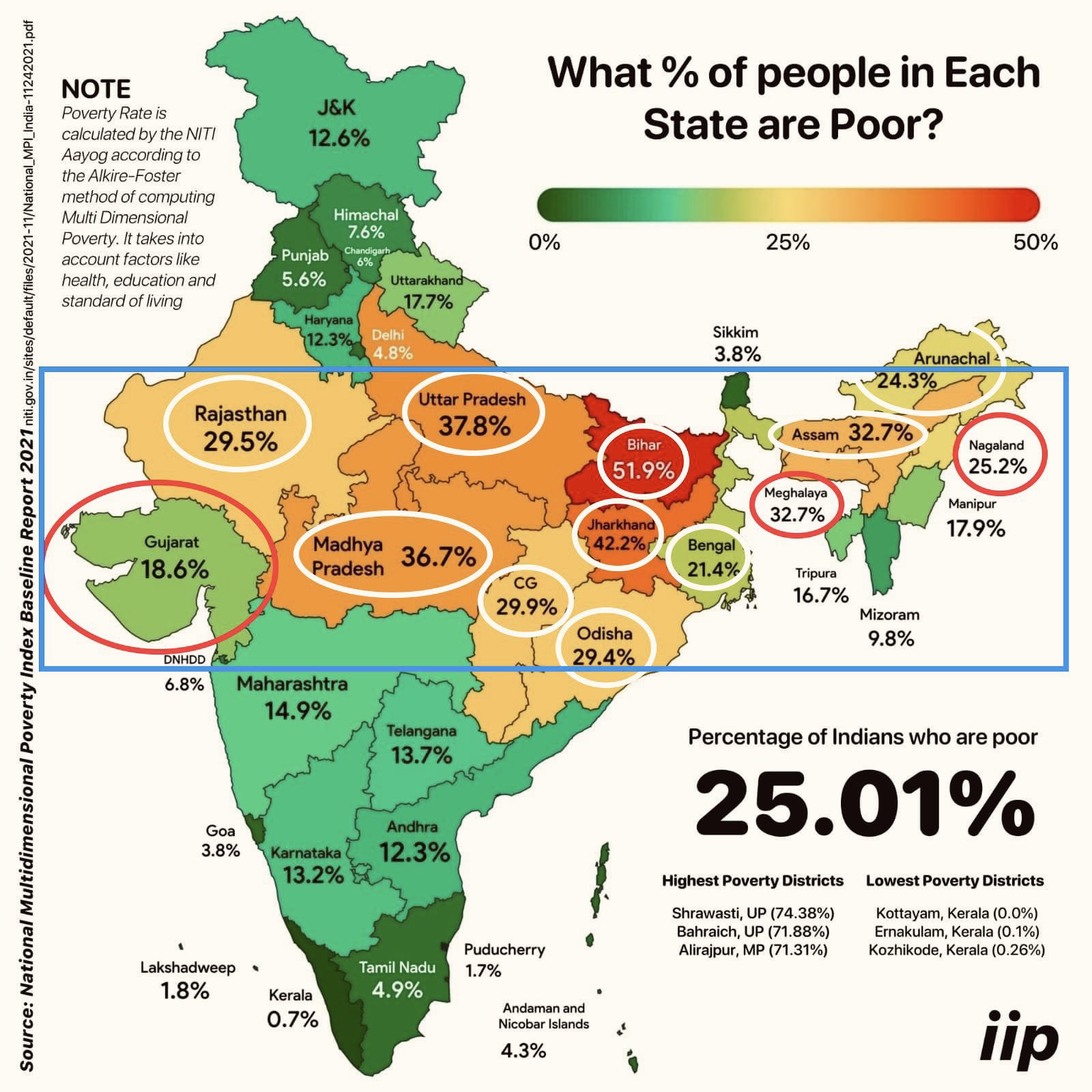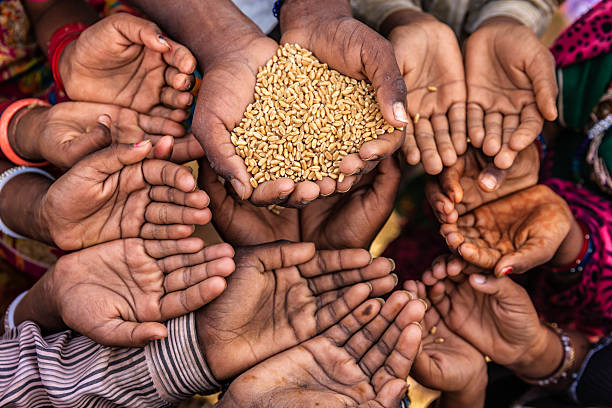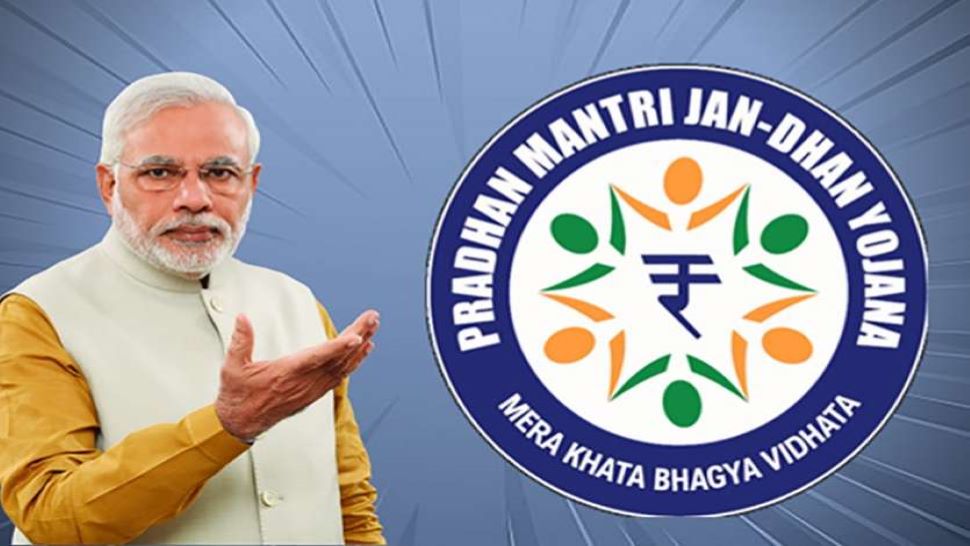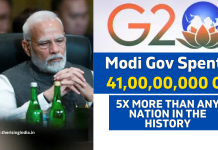India, with its rich cultural heritage and rapidly growing economy, has made significant progress in various fields. However, the country still faces the daunting challenge of widespread poverty, affecting millions of its citizens. The government has been steadfast in its commitment to reducing poverty in India 2023 and uplifting marginalized communities.
Poverty In India 2023
India has made significant progress in reducing poverty in recent decades. In 1990, nearly half of the Indian population lived below the international poverty line of $1.90 (rs155.52) per day. By 2015, this number had fallen to just 13.3%.

However, India still has a long way to go to eradicate poverty. According to the World Bank, 21.9% of Indians still live below the national poverty line of $3.20 (Rs261.92) per day. This means that over 270 million Indians are still living in poverty.
In terms of global rankings, India ranks 129 out of 189 countries on the World Bank’s Human Development Index. This means that India is considered a lower-middle-income country.

India’s poverty rate is higher than its neighboring countries, such as China, Pakistan, and Bangladesh. However, it is lower than the poverty rates in many developed countries, such as the United States, the United Kingdom, and France.
Here are some statistics on poverty in India:
- The national poverty line in India is $3.20 per day.
- The international poverty line is $1.90 per day.
- In 2015, 21.9% of Indians lived below the national poverty line.
- In 1990, nearly half of the Indian population lived below the international poverty line.
- India ranks 129 out of 189 countries on the World Bank’s Human Development Index.
Over the years, it has implemented several ambitious programs and initiatives aimed at addressing poverty-related issues. In this article, we will delve into some of the key government schemes, the challenges faced in their implementation, and the successes achieved in the fight against poverty in India 2023.

1. Mahatma Gandhi National Rural Employment Guarantee Act (MGNREGA):
Launched in 2005, MGNREGA is a landmark social welfare program designed to provide guaranteed employment to rural households. It promises 100 days of wage labor in a financial year to every household whose adult members volunteer to do unskilled manual work. The primary objective of this program is to enhance livelihood security and create durable assets in rural areas.
Challenges:
- Delayed wage payments and administrative inefficiencies have marred the program’s success and impacted its effectiveness in certain regions.
- Ensuring the creation of productive assets and preventing leakages in the implementation process remain significant challenges.
- Balancing the demand for work with the availability of work opportunities is crucial to ensure equitable distribution of benefits.
Successes:
- MGNREGA has provided much-needed relief to rural households during lean agricultural seasons, reducing distress migration.
- It has contributed to the development of essential rural infrastructure, such as roads, water conservation projects, and irrigation facilities.
- The program has empowered women by promoting their participation in the workforce and offering them equal wages for their labor.

2. Pradhan Mantri Jan Dhan Yojana (PMJDY):
Launched in 2014, PMJDY is an ambitious financial inclusion program aimed at providing banking services to all households in India. It seeks to bring the unbanked population into the formal banking system, offering access to insurance and pension schemes, ultimately reducing poverty through improved financial literacy and inclusion.
Challenges:
- Despite significant progress, ensuring active usage of bank accounts and promoting financial literacy among beneficiaries remains a challenge.
- Reaching remote and inaccessible regions with banking infrastructure continues to be a hurdle in the program’s success.
- Preventing fraudulent activities and identity theft in the banking system demands stringent measures.
Successes:
- PMJDY has succeeded in opening millions of bank accounts for the unbanked population, fostering financial inclusion.
- Direct benefit transfers (DBT) through these accounts have reduced leakages and ensured better targeting of subsidies to the needy.
- Access to formal credit has increased, allowing small entrepreneurs and individuals to access funds for income-generating activities.

3. Pradhan Mantri Ujjwala Yojana (PMUY):
Launched in 2016, PMUY is a transformative scheme aimed at providing clean cooking fuel to women living below the poverty line. It replaces traditional cooking fuels like wood and coal with LPG (liquefied petroleum gas) cylinders, thereby reducing health hazards associated with indoor air pollution.
Challenges:
- Ensuring affordability of LPG refills for beneficiaries from economically weaker sections remains a challenge in certain regions.
- Creating awareness about the benefits of clean cooking fuels and encouraging behavioral changes demand sustained efforts.
- Timely distribution and availability of LPG cylinders in remote areas require effective logistical planning.
Successes:
- PMUY has positively impacted the lives of millions of women by providing access to clean cooking fuel, resulting in improved respiratory health.
- It has contributed to environmental conservation by reducing deforestation and carbon emissions.
- Women’s empowerment has been promoted as they are relieved from the burden of collecting firewood, leading to enhanced productivity.
4. National Rural Livelihood Mission (NRLM):
Launched in 2011, NRLM aims to reduce rural poverty by promoting self-employment and organizing rural poor women into Self-Help Groups (SHGs). The program focuses on capacity building, skill development, and providing financial support for entrepreneurial ventures.
Challenges:
- Expanding the program’s reach to cover all rural areas and vulnerable populations requires sustained efforts and resources.
- Ensuring the sustainability and long-term viability of SHGs necessitates continuous support and mentorship.
- Facilitating access to markets and providing necessary infrastructure for entrepreneurial ventures is essential for success.
Successes:
- NRLM has successfully empowered rural women by creating SHGs, giving them access to financial resources and decision-making power.
- The program has resulted in increased income and improved livelihoods for many rural households.
- Community institutions like Village Organizations (VOs) and Cluster Level Federations (CLFs) have been established, facilitating community-led development.
Conclusion:
India’s battle against poverty remains an ongoing struggle. Despite these challenges, India is committed to reducing poverty and improving the lives of its citizens. The government has made significant progress in recent years, and it is likely that India will continue to make progress in the years to come.
Continued efforts, rigorous monitoring, and stakeholder participation are crucial to achieving sustained poverty reduction and creating a more equitable and prosperous India. Despite the challenges faced, the successes achieved through these schemes have had a positive impact on the lives of millions of people. Collaboration between the government, civil society organizations, and the private sector will be vital in the collective pursuit of a poverty-free nation.
Poverty In India 2023 Share on X











[…] India’s Ongoing Battle Against Poverty: Government Initiatives and Their Impact […]